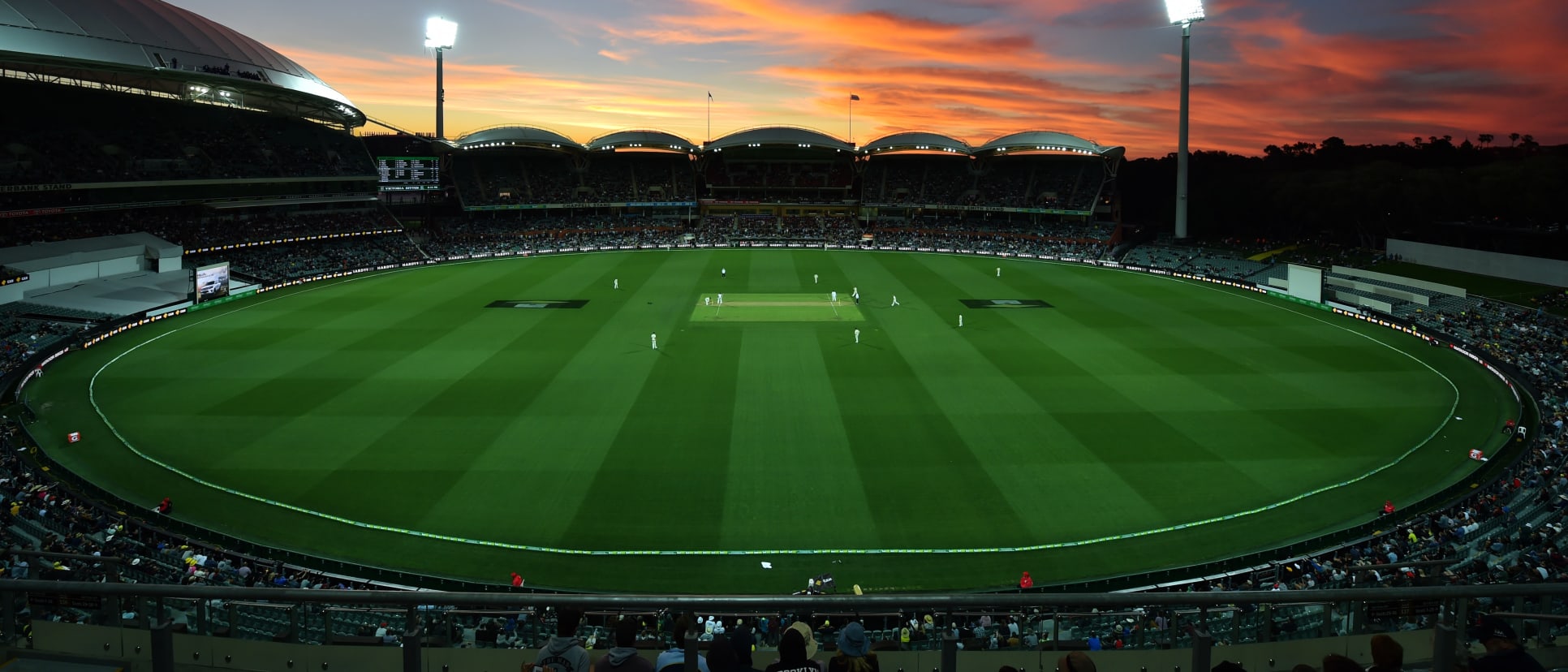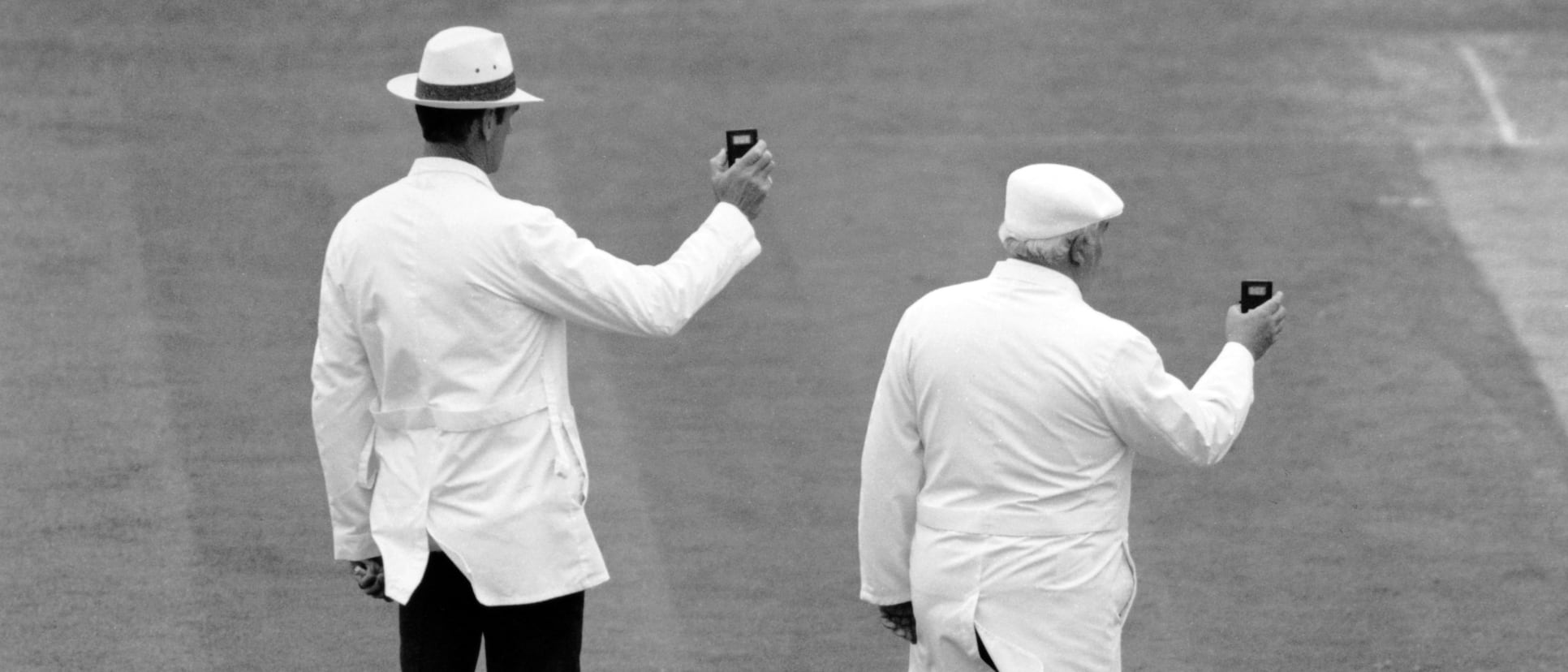When light affected cricket

When it comes to cricket and light, there is a shade of romance, a tinge of tragedy and a swathe of drama. Think of the thrill of a World Cup win under floodlights followed by firecrackers in the night sky; the match-changing swing of the pink ball as the sun goes down and the lights come on, or of the red ball when the sun hides behind the clouds; the precariousness of a day's play cut short by poor light; the joy in a stadium turning on their cell phone torches ....
Legendary umpire Dickie Bird once famously said, "Play in all light, barring something close to Armageddon." That may not always happen. Over the years, there have been several cricket matches where light, or the lack of it, has played an influential role. We dig up a few such instances.
The first day/night ODI
Australia vs West Indies, Sydney, 1979
The first match of the World Series Cup in 1979 featured floodlights in cricket for the first time in an official ODI. The beautiful Sydney Cricket Ground had six light towers. A crowd of 21,168 people watched as the quicker bowlers from either side caused early damage, before the hosts went on to win. There were enough hints from the match to suggest that day/night cricket was here to stay.
It took many more years before the first day/night Test was played. When it did happen, it was on the very same date, November 27, in the same country!
#OnThisDay in 2015, the first ever Day/Night Test started at the Adelaide Oval between Australia and New Zealand! Australia won by 3 wickets pic.twitter.com/7QjlHQGsVJ
— ICC (@ICC) November 27, 2016
First day/night Test match
Australia vs New Zealand, Adelaide, 2015
The rare first-class game was played under lights as early as 1997, and a pink ball was trialled in the early 2010s. The first day/night Test, however, took place only by 2015. And it was a spectacle! As many as 123,736 people attended the Test in Adelaide, with 33,923 coming in on the third and final day for a dramatic climax. After the ball swung around extravagantly under lights, the New Zealand pace bowlers had Australia seven down chasing 187. Eventually, like in 1979, the hosts managed to squeeze in a win.

A win in the darknessPakistan vs England, Karachi, 2000
"It was pitch black in the middle and all quite laughable," Nasser Hussain recounted of this England victory from 2000 in Karachi. The series was tied at 0-0 heading into the final Test and another draw seemed to be on the cards until England pulled off an improbable win with the light fading. Chasing 176 to win in the final innings, England promoted Graeme Hick and Alec Stewart up the order to try and get the visitors close before the light completely faded. Hick and Graham Thorpe scored briskly and even a wicket late in the day couldn't deny England a six-wicket win.
"I remember Inzamam-ul-Haq running one way in the outfield while the ball went in the completely opposite direction! It was that tough," Hussain later said.
Smartphones to the rescue
Bangladesh vs Zimbabwe, T20I, Dhaka, 2019
A temporary power failure during a bilateral T20I in Dhaka produced unprecedented scenes as the large crowd turned on their smartphone flashlights to create a beautiful moment to remember at the Sher-e Bangla stadium. While the delay wasn’t too long, it made for quite a spectacle!
Sun halts play in Napier! 🌞
— ICC (@ICC) January 23, 2019
India are 44/1 in 10 overs, and they need 114 more runs to win the first ODI against New Zealand.
Follow #NZvIND live ⏬https://t.co/Wslkq5ocbd pic.twitter.com/CW6DpqnuyP
Sun stops play
New Zealand vs Bangladesh, T20I, Napier, 2017
New Zealand vs India, ODI, 2019
Bizarre things have halted cricket, and the sunset in McLean Park in Napier is one of them! Aligned east to west, the McLean Park has the setting sun coming in at a weird angle and hitting the batsman’s eyes. Shaun George, an on-field umpire during the ODI between New Zealand and India in 2019, said then that he had never quite seen something like it. Kane Williamson's words perhaps sum up the helplessness of the players: "It's hard to move the sun and hard to move the grandstand. So we didn't have any other option and we had to sit down for a bit."
The unique phenomenon had earlier affected an international game in 2017, too, in a T20I between New Zealand and Bangladesh.
Bad light stops play? Not in glow-in-the-dark cricket at @SaltleyPE! #ShotOfTheDay pic.twitter.com/27YU1We6W5
— ICC (@ICC) May 18, 2017
Cricket in the darkA Warwickshire county cricket project
The Saltley Academy hosted a unique 'glow cricket' game in the dark as part of a Warwickshire County Cricket project to encourage more girls to play cricket. Called 'Cricket in the Dark', the girls wore glow accessories and the main light was switched off to play with everything from the ball and bat to the stumps glowing. The girls were coached by a senior Warwickshire coach and a member of the women's team.